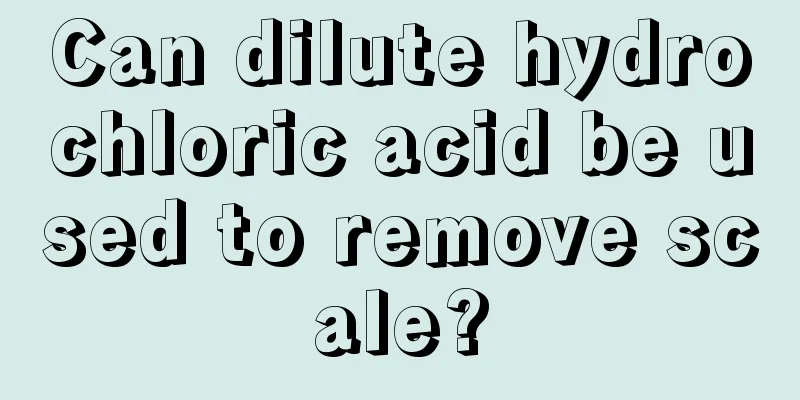Itchy skin all over the body

|
The skin is very sensitive, and a small stimulation may bring a very deep feeling to people. Therefore, skin diseases also have a great impact on people. Among them, the symptom of skin itching is the most common and the most annoying. The problem of skin itching is very complicated and requires careful diagnosis. Let’s take a look at what causes itchy skin all over the body. I hope everyone can understand it. Pruritus is a symptom of skin disease characterized by only skin itching without primary skin lesions. According to the scope and location of skin itching, it is generally divided into two categories: systemic and localized. Causes 1. Generalized pruritus is often a concomitant or initial symptom of many systemic diseases, such as uremia, biliary cirrhosis, hyperthyroidism or hypothyroidism, diabetes, malignant tumors and neuropsychiatric pruritus. The external causes of systemic pruritus are related to environmental factors (including humidity, season, biological or chemical stimulation in the working environment), topical medications, the use of highly alkaline soaps, and the decreased secretion function of the patient's sebaceous glands and sweat glands leading to dry skin. 2. The causes of localized pruritus are sometimes the same as those of systemic pruritus, such as diabetes. Anal pruritus is often related to pinworm disease, hemorrhoids, anal fistula, etc. Vulvar pruritus is often related to leucorrhea, trichomoniasis, vaginal fungal disease, gonorrhea and cervical cancer. Scrotal pruritus is often associated with local high skin temperature, sweating, friction, and fungal infection. The occurrence of itching is mainly caused by the release of chemical mediators such as histamine, substance P, kinins and proteases. 1. Topical treatment (1) Low pH cleaners and lubricants. (2) Coolants and local anesthetics include menthol, camphor, carbolic acid, and EMLA, a mixture of local anesthetics lidocaine and prilocaine. (3) Topical antihistamines and topical corticosteroids. (4) Immunosuppressants. (5) Strontium salts. 2. Systemic treatment (1) Antihistamines, calcium supplements, vitamin C, sodium thiosulfate, sedatives and hypnotics can be used according to the condition of the disease. (2) Systemic pruritus can be treated with procaine hydrochloride intravenous blockade. (3) Thalidomide (Thalidomide) is used to treat inflammatory skin diseases. (4) The opioid receptor antagonist naloxone is effective in treating cholestatic pruritus and uremic pruritus. (5) Ondansetron, a 5-HT receptor antagonist 3. Physical therapy and light therapy It is effective for itching caused by inflammatory skin diseases and systemic diseases such as uremia, primary cholestasis and polycythemia vera. |
>>: My hair still itches after washing
Recommend
Detailed explanation of the causes of tongue cancer recurrence
As the pace of life accelerates, some diseases qu...
Staying up late makes you lose weight fast
When people go to sleep at night, the various org...
Will chickenpox leave scars?
When chickenpox occurs, many people usually worry...
The treatment of lymphoma is mainly based on combined chemotherapy
Lymphoma is the most common disease around us, so...
Which acupuncture point is used to treat tracheitis?
If you suffer from tracheitis, you will not only ...
pH value comparison table acidity and alkalinity
The pH value refers to the degree of acidity and ...
Introduction to TCM methods for treating kidney stones
There are surgical treatments and drug treatments...
What's the matter with blood streaks on nails
When it comes to nails, people may not pay much a...
What are the symptoms of arterial embolism?
What are the symptoms of arterial embolism? In fa...
What's wrong with a girl's delayed menarche?
Menstrual period is a necessary stage in a girl’s...
Does ovarian cancer cause back pain and abdominal pain? What are the symptoms of ovarian cancer? How to prevent ovarian cancer
Does ovarian cancer cause back pain and abdominal...
What are the main symptoms of internal hemorrhoids
Internal hemorrhoids are a common manifestation o...
Bladder cancer turned into late stage bone metastasis, with swelling all over the body
Bladder cancer and diabetes should take good care...
Storage and preservation of Chinese toon
Toona sinensis sprouts are a kind of food that is...
I can't see clearly up close when wearing myopia glasses
Nowadays, many children are found to be nearsight...









